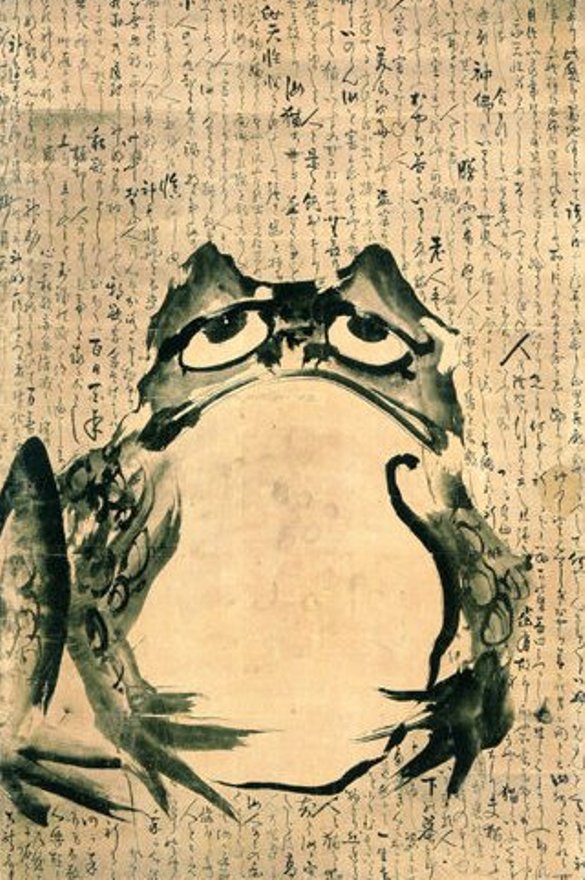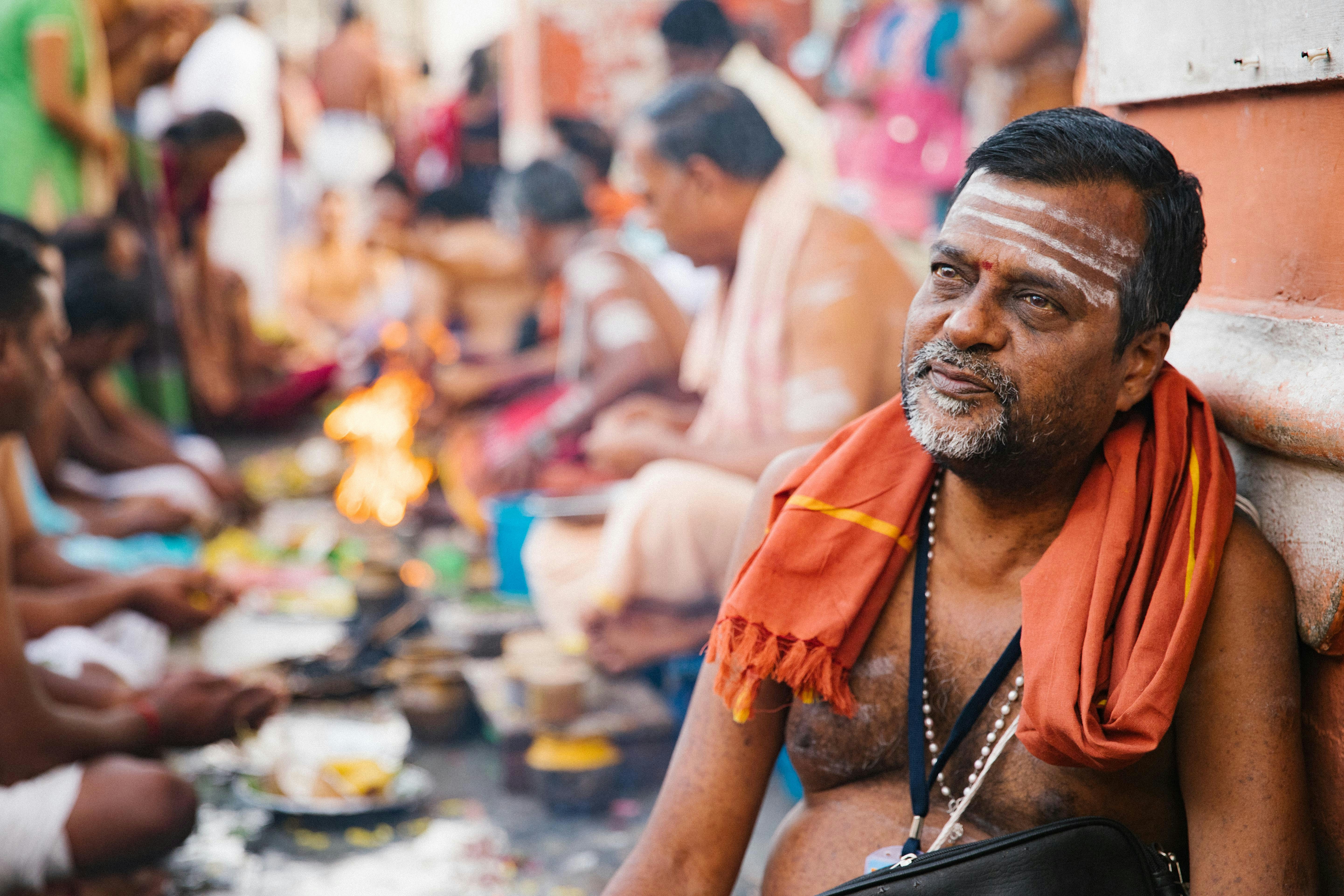
My phone buzzes with the insipid sounds created by the calling of the social media. I tap open my Twitter, slide to refresh and there appears a colossal plethora of inane tweets.
“Just went to the supermarket to buy food,” says one.
“..watched The Bachelor and ate hot chocolate while it rained outside!!!!” says another.
As I hopelessly stare at my phone’s screen without a speck of interest, I suddenly remember one of Basho’s most famous haikus, which is probably the most popular of all haikus.
I like the idea, however naive, that haikus were probably a sort of a physical tweet dating back to a much simpler era when poetry was free flowing. The smartphone generation of today with their agile thumbs tweet away what they observe, which almost always includes TV, fashion and anything and everything while Basho, with his keen senses and skill, ‘tweeted’ haikus to a group of people – his students, his friends. His most popular Haiku goes:
The old pond;
A frog jumps in –
The sound of water.
(translated by R.H. Blyth)

What could’ve Basho tried to capture with this poem that looks so ordinary, yet never seems to leave my mind? I dig up that legend has it that Basho came up with this Haiku whilst his stay at a cottage hut that was built for him by his students near a river, which means that he was probably surrounded by frogs all around.
We cannot know exactly what Basho must have meant by this observation. Perhaps he simply meant that he saw a frog jump into a pond. Perhaps, he was referring to his state of mind, which was probably still but which suddenly got touched by an idea, a thought.
That right there is the beauty of the haiku – or any poem, for that matter. It can mean something different to everybody. And each meaning a person derives from it is an ambiguous reflection of his/her own self.
The poet Basho originally started to experiment with the traditional styles of poetry called ‘hokku’ in Japan and transformed it into free-spirited poems, which later came to be known as ‘haiku’. Basho believed in composing haikus spontaneously on-the-spot.There are now contemporary schools all over Japan that teaches his influences. The disciples of the school apparently meet at temples, where they write as many as a hundred haikus each day.
***
Poems have been capturing, since the inbred need for our storytelling began, anything and everything under the sun. A haiku is more or less an observation of an event or nature done with the simplest of words.
It is simply a fragment in time, momentous and sparse, presented to the listener with elegance. It maybe short and plain but a haiku demands it’s reader his relentless attention. When read with honesty, a haiku may even begin to mirror us our own self. They are intricately said to be linked with Zen, and oftentimes even Buddhism.
Imagist poets such as Ezra Pound, Amy Lowell, Hulme and such were heavily influenced by this Japanese form of poetry. Beat writer Jack Kerouac wrote haikus in embedded forms in his much loved novel ‘The Dharma Bums.’ His own westernised haikus can be found in his lesser known ‘Book of Haikus.’
While we capture dull, uninteresting events of this dwindling world, Basho captured a course in time with poise and simplicity. His and so many other poets’ words stayed through centuries, growing more stronger than ever, while our words will probably taper and fade away.
To add one to the ginormous amount of tweets, I came up with on my own haiku-ish tweet:
While you fall asleep,
somewhere in the mountains,
A danfe dances.
(Images: Basho by Sugiyama Sanpû; Frog and Mouse by Getsuju Japan. Source: Wiki Commons)
























